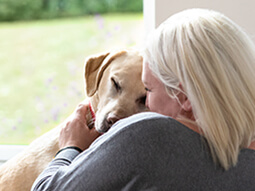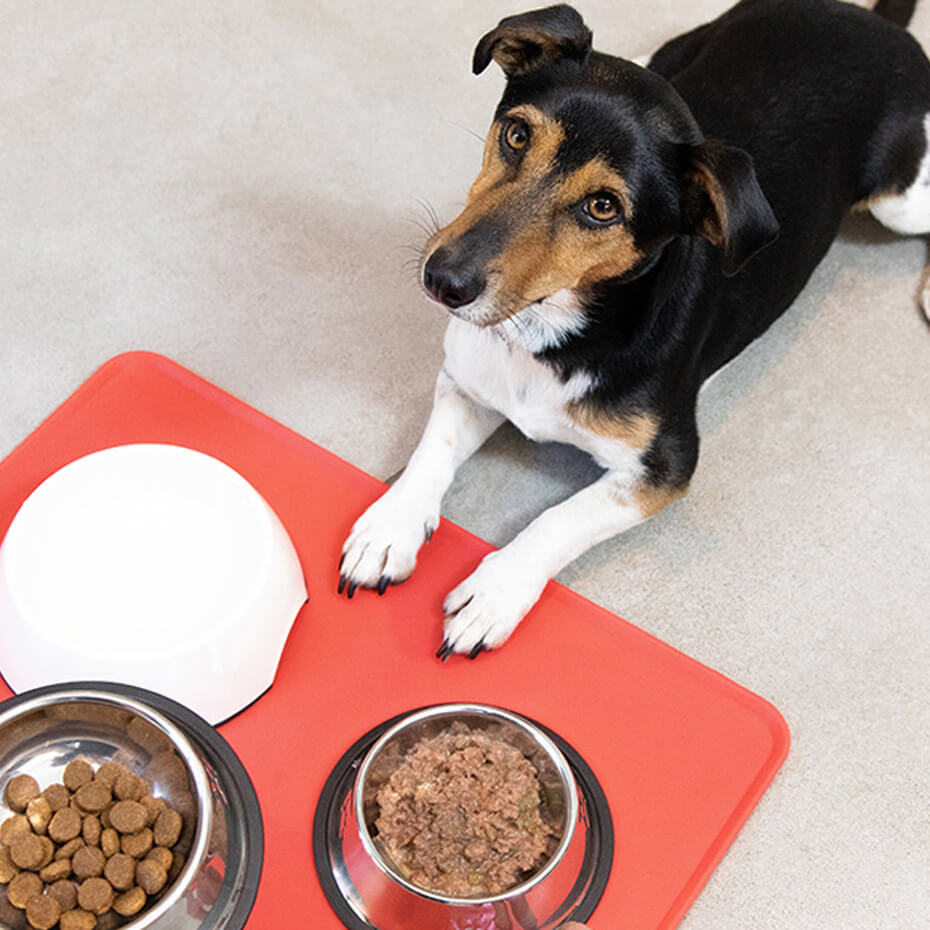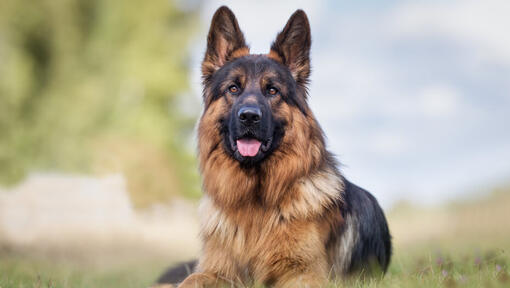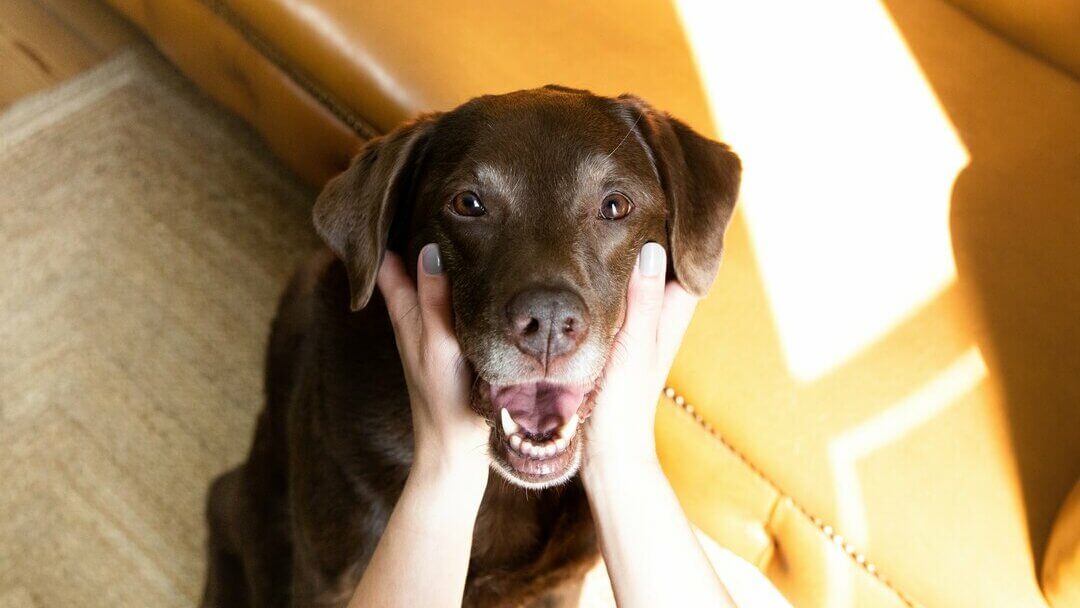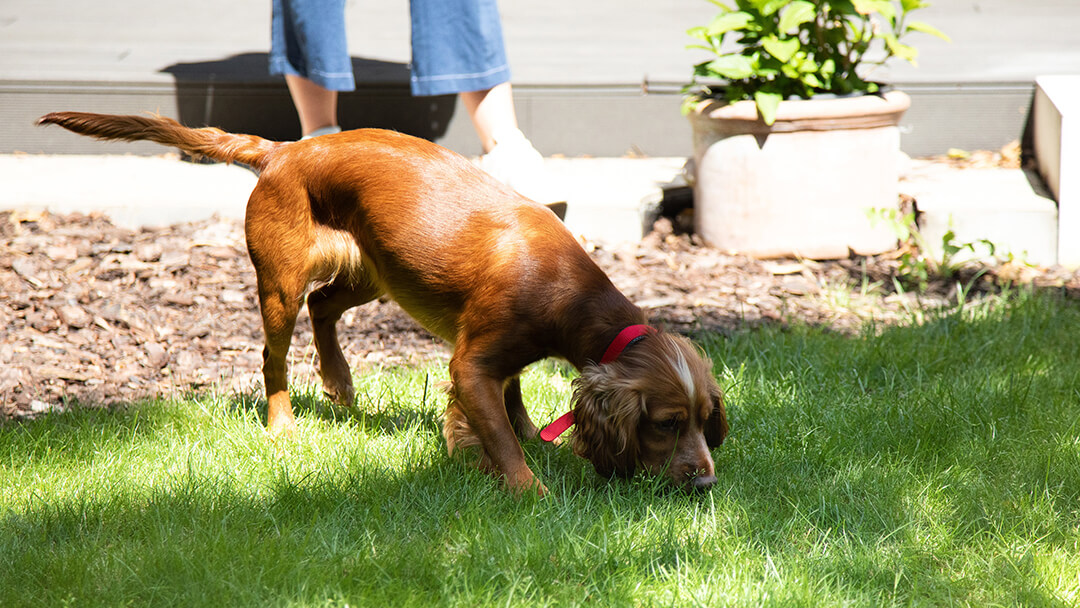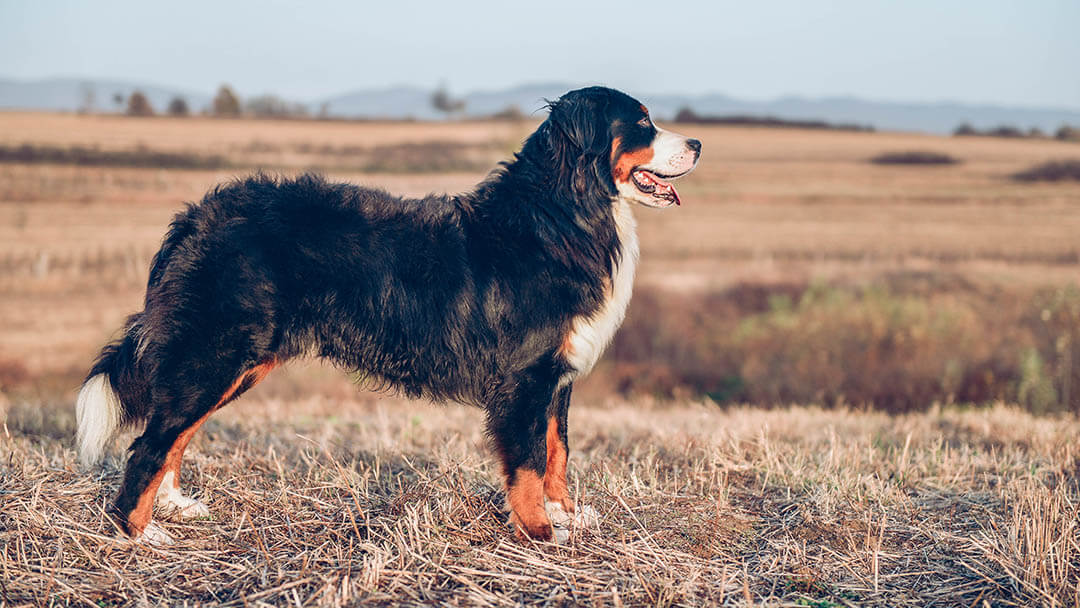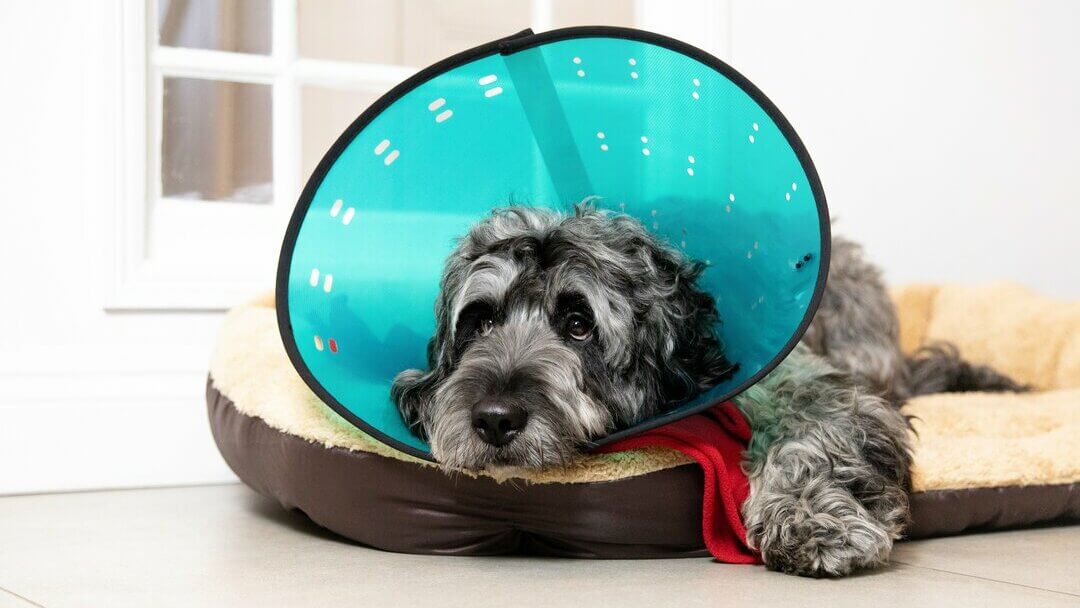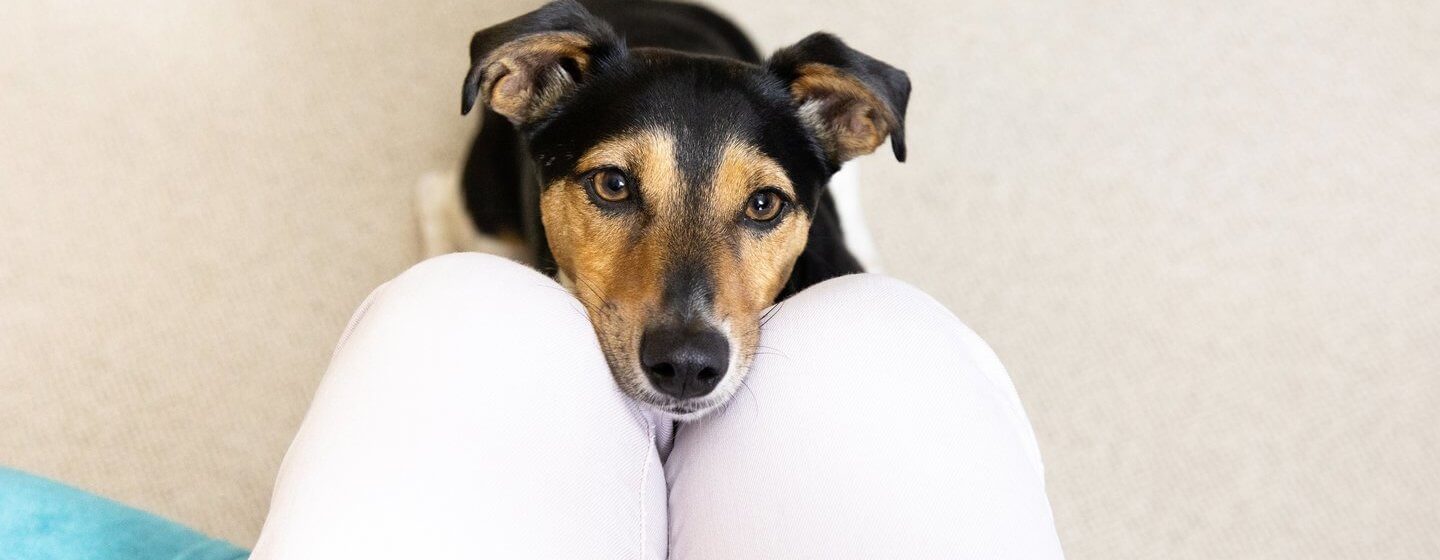
Deafness in dogs may be present from birth, or it may develop as the result of injury, disease, or simply old age. Whatever the cause, there’s plenty you can do to help.
Some inherited causes of dog deafness can be tested for in the parents or in young puppies and tend to be seen in certain breeds. For example, deafness is more common in Dalmatians. When considering buying a purebred puppy, speak to your vet about potentially inherited problems seen in certain breeds.
If you already own a dog and you suspect they are losing their hearing, consult your vet as some conditions, such as infection, which cause these signs are treatable.
How can I tell if my dog is deaf?
- Your dog is so good at using all their other senses, it can sometimes be difficult to assess their hearing.
- If you’re unsure, look for these signs: deaf dogs may not hear you approach, and may not move their ears, or turn to look at where a sound is coming from.
- Ask your vet to assess your dog’s hearing if you are concerned.
Making life easier for your deaf dog
- If your canine friend is deaf, the most important thing for you to consider is their safety.
- For both your peace of mind, avoid circumstances where a voice signal could be life saving, such as unleashed walks in high-traffic areas, as they might not hear you.
- Make sure all the family know not to leave gates open to avoid your deaf dog going on an unexpected adventure.
- Remember that your deaf dog won't hear the sounds that you of course take for granted. The growls, threats or approaches of other animals can't be heard, which creates increased potential for conflicts and fights. With some planning and gentle but firm physical control, these risks can be easily minimised.
- Your dog, if deaf, will sleep deeply and be easily startled. Make sure the whole family know to approach them from a point that he can see you coming from, so he knows what to expect.
- If they wear a collar, ensure it has a tag attached showing your address, your vet's phone number, and a note which says 'I am deaf' – it will make things much easier for them if they are found by someone!
- Lastly, as with all dogs, it is best to have them microchipped.
Communicating with deaf dogs
- Your dog might be deaf, but there are still plenty of ways to ‘talk’ to them, maintaining that special bond between you both and keeping them out of trouble.
- In general, lead control is an effective way to gain your dog's attention when needed, even inside your home.
- Voice commands can be replaced by hand signals, which can be anything distinct and easy to see, as long as they are consistent.
- Vibrations, such as a foot stomped on the ground, can also be useful – be inventive and find out what works best for both of you.
Training deaf dogs
- Training deaf dogs requires a unique and sometimes creative approach, so consult an experienced dog trainer for help.
- Once your dog learns that responsiveness is rewarded, obedience and control hand signals can be taught and reinforced exactly like voice commands for hearing dogs – and they’ll have just as much fun learning them!
- When it comes to teaching deaf dogs to make eye contact, reward them quickly when they turn around in response to light lead taps or floor-stamping.
Eye contact should be encouraged and periodically reinforced, even after it is well established. Just avoid staring at your dog, as despite your best intentions it might appear threatening to them.
All in all, no matter the hearing abilities of your dog, there are plenty of ways in which to have and full and happy life together – all it takes is the care and love that only you can give them.
Next, discover how to better understand your dog's body language with our easy-to-follow guide.
